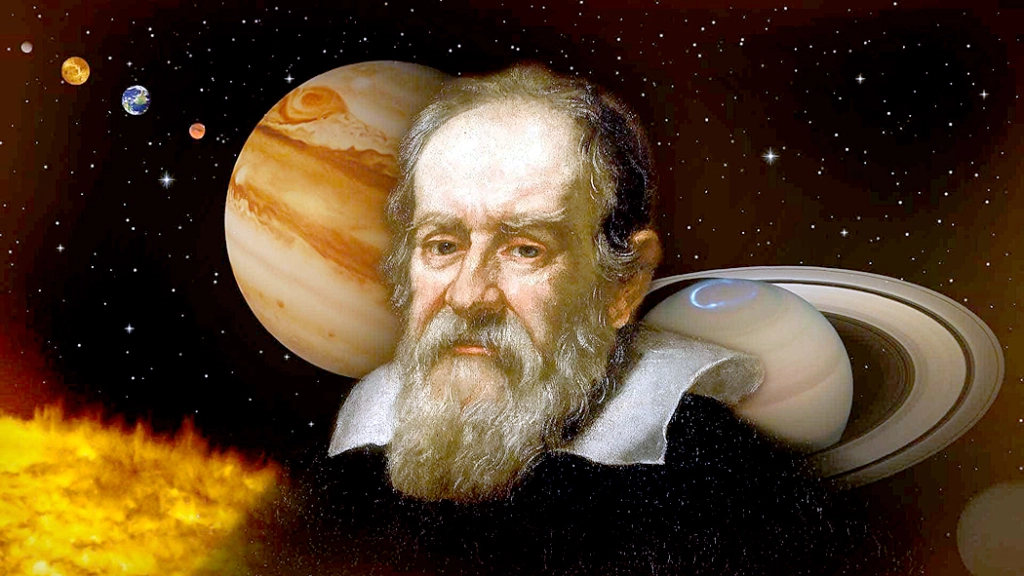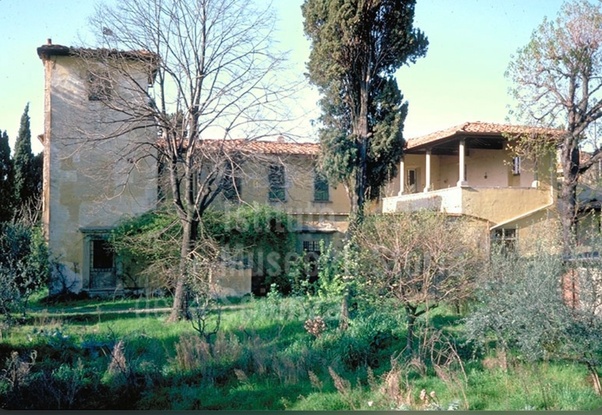
In 1631, Galileo’s daughters, both nuns, urged their 66 year old father to retire to a largish villa which was 300 meters away from their convent near Florence, San Matteo. He previously had been living two hours away by mule. Galileo duly rented the place, Villa Il Gioiello, and moved in, with his housekeeper Piera.

His studio overlooked the monastery’s vineyard, and it was here that he finalized the 1632 publication of his Dialogue Concerning the Two Leading Systems of the World.
Although he had the admiration and approval of Pope Urban VIII, the finished book was thought by conservatives to have “crossed the line” in appearing to advocate for heliocentrism.
The “dialogue” format had been Galileo’s rather inexpert strategy to present arguments without blatantly endorsing them.
This book was seized a few months later, and soon republished in Holland outside the influence of the theologians.
Galileo famously was summoned to Rome, tried and found “suspect” in a serious but not deadly way, and sent back to his villa under “house arrest”—a not very onerous punishment in which he was looked out for by his daughter Virginia and lived well as he moved into blindness and old age.
It was here that Galileo completed his last major work, Discourses and Mathematical Demonstrations Around Two New Sciences, which was published in 1638, also in Holland.
Here, despite being nominally incommunicado, he was freely visited by younger scientists and worked on his own projects to the end. He also was permitted to travel to Florence for medical treatment.
The old scientist died at home in 1642, age 77, of the common ailment some call “too many birthdays.”






